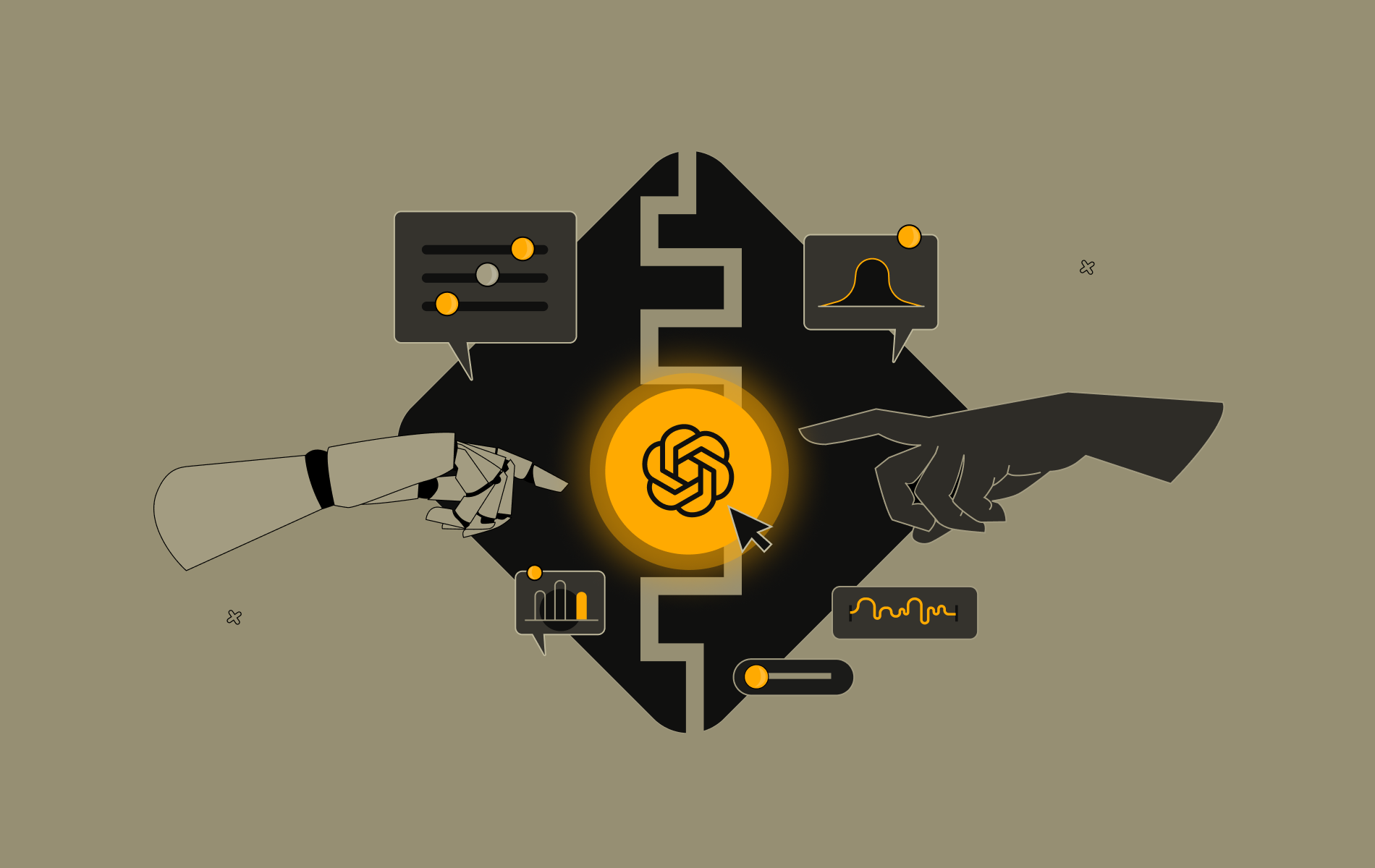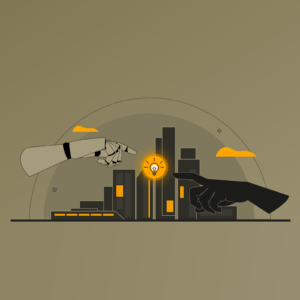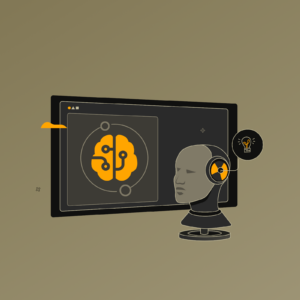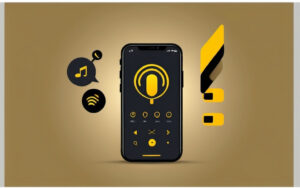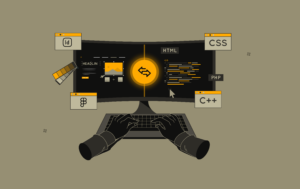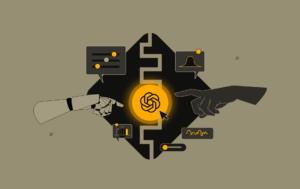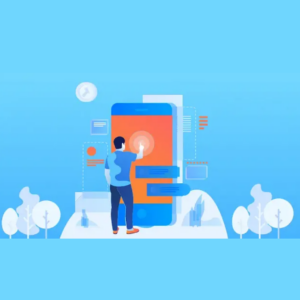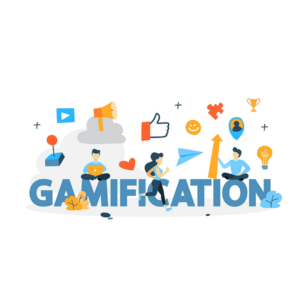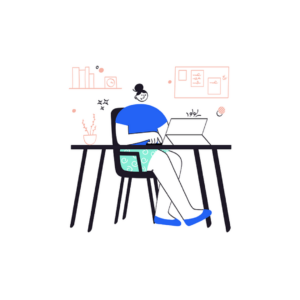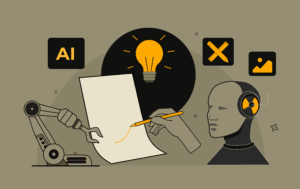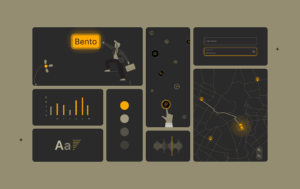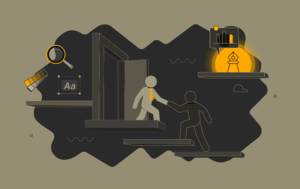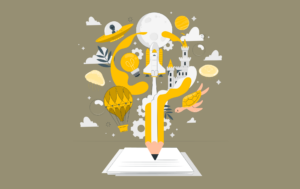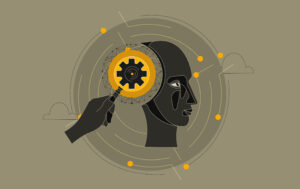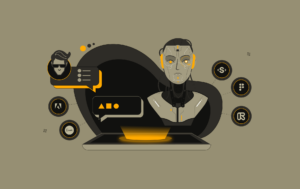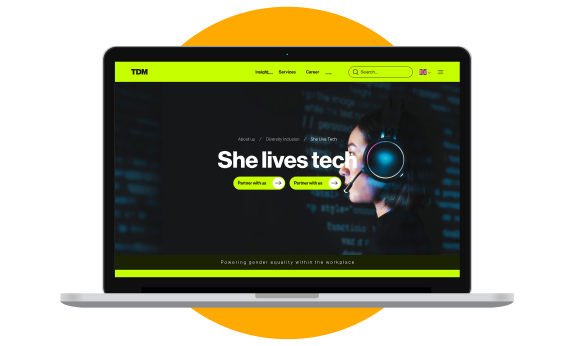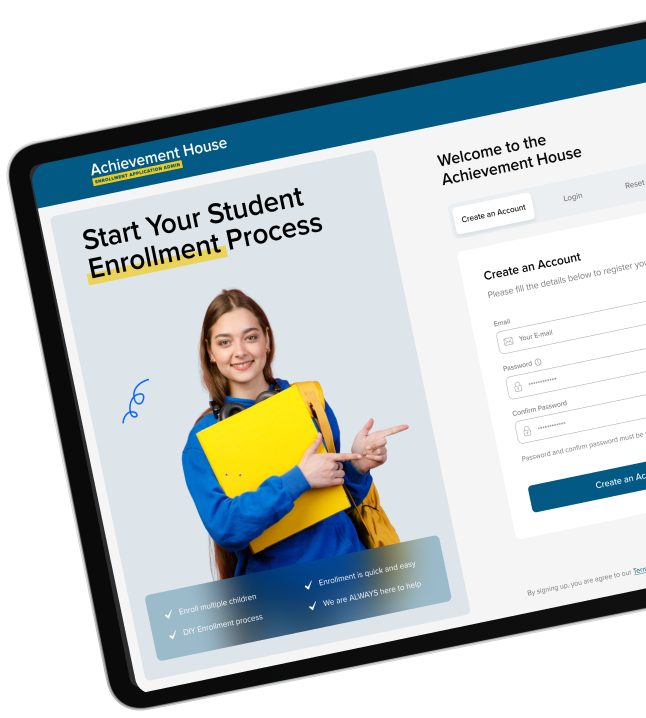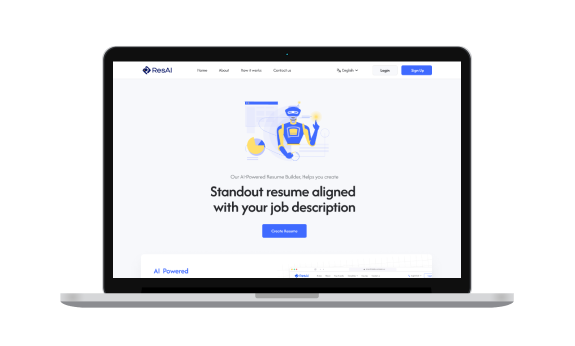Designing a good product takes a lot of time and work. There are many steps involved – from defining what the product needs to do to getting feedback on prototypes. This whole process can take weeks or even months.
One challenge for designers is finding enough time for the creative parts of the design work, with so many other practical tasks. This is where AI tools like ChatGPT can help.
ChatGPT can automate some of the steps and provide smart assistance. This allows designers to spend more time on the creative aspects – coming up with ideas, exploring different concepts, and refining the overall design vision. With AI handling some of the workload, designers can unleash their full creativity to make exceptional products.
Source- User-centric product design
Let’s understand what product design is.
Product design is all about delivering design solutions that allow a product to fulfill the particular demands of its consumers. It is divided into various stages, which include studying user needs, brainstorming design concepts, constructing prototypes, and evaluating the product’s usability.
Product design meets consumer demands by incorporating functionality, usability, and aesthetics into the product. The goal of product design is to produce a user-centric product that is efficient, practical, visually appealing, and easy to use, resulting in a successful product that fits the demands of its target audience.
What exactly is ChatGPT?
ChatGPT is an artificial intelligence large language model chatbot created by San Francisco-based artificial intelligence company OpenAI and released in November 2022. It is an AI technology that allows you to have human-like interactions with the chatbot and much more. The language model can answer queries and help with tasks by providing relevant information.
How does it work?
The GPT model was trained on massive volumes of internet content to create human-like conversational text responding to user prompts or inquiries. The user interface is a straightforward single-page chat interface that allows users to ask sophisticated questions (known as prompts) and, critically, follow up with further queries that keep the context of the discussion.
Will AI entirely replace creative work?
The answer is no. Its connection with you should be co-evolved, and when employed, it should act as a copilot to assist creative effort. It’s also worth noting that ChatGPT is not a substitute for human ingenuity and intuition. While it may be a helpful tool, designers must still utilize their knowledge and judgment to produce genuinely original and successful ideas. The most successful designers are those who can utilize ChatGPT and other AI technologies to supplement their talents and abilities rather than depending on them.
How will ChatGPT and other AI tools impact design?
AI technologies such as ChatGPT have the potential to fundamentally change how we work, including in product design. AI tools can assist with tasks such as user research and prototyping, leading to a shift in the role of designers. Companies can leverage ChatGPT to gain a competitive edge and improve customer satisfaction by designing industry applications that automate tasks and provide personalized recommendations. ChatGPT can be used in a range of applications, from customer service chatbots to predictive maintenance systems, to streamline operations and increase efficiency.
Will there be any impact on the roles and responsibilities of designers?
The use of ChatGPT and other AI technologies in design can certainly impact the roles and responsibilities of designers such as.
- Increased efficiency: This may reduce the need for designers to spend as much time on certain tasks, allowing them to focus on higher-level design work or take on more projects.
- New job roles: As AI technologies become more prevalent in design, new job roles may emerge that focus specifically on AI and machine learning.
- Shifting skill sets: Designers may need to develop new skills to work effectively with AI technologies.
- More focus on strategy and creativity: As AI takes on more routine design tasks, designers may be able to focus more on strategic thinking and creative problem-solving.
Where and how can designers use chatGPT?
As designers, we can use ChatGPT in various ways to improve our work. Here are some suggestions:
- Idea generation: We can use ChatGPT to generate ideas for design projects.
- Content creation: ChatGPT can be used to generate content for various design projects, such as social media posts, product descriptions, and blog articles. We can input the desired tone, style, and length of the content and receive high-quality outputs from ChatGPT.
- User testing: ChatGPT can be used to create chatbots or virtual assistants that can test a product’s user experience.
- Personalization: We can use ChatGPT to create personalized user experiences for their products.
Which set of skills or upgrades are required for designers to avoid being impacted by chatGPT?
To prevent being influenced by ChatGPT, designers like us should focus on the following critical skills:
Creativity: Creativity is the foundation of design, and designers must be able to generate distinctive and original concepts that cannot be simply copied by an AI language model.
Visual designing skill: To produce engaging and visually beautiful designs, designers must have a good grasp of color, typography, layout, and other visual design concepts.
User Experience(UX) design: UX design is a key talent for designers since it focuses on designing intuitive and user-friendly interfaces that fulfill the demands of end-users.
Technical Skill: Designers must be knowledgeable in the use of design software such as Adobe Photoshop, Illustrator, and InDesign, as well as other digital tools like Sketch and Figma.
Communication Skill: Designers must be able to successfully convey their design concepts to customers and other stakeholders, as well as collaborate with other designers and developers.
Additional Note
I’ve been using ChatGPT to help me write this blog, which has been an eye-opening experience that has deepened my understanding of the tool. However, badly conceived ideas, even if elegantly conveyed, are still bad ideas. Even though it assisted my research, I needed to add my thoughts and imagination to make it more clear and sensible.
Conclusion
In short, human complexity is the key to conquering AI. AI technology can help designers improve their work, but it should not replace human creativity and intuition. To avoid being impacted by AI, designers should focus on essential qualities such as creativity, visual design, user experience design, technical skills, and communication skills.
Artificial intelligence technologies can fundamentally change how we work, and those who can use them to augment their talents and abilities will be the most successful in the future.
